What is Radon?
Radon is an invisible, odorless, and very dangerous gas. It is a radioactive gas that is released naturally from rocks, soil, and water. Radon can enter homes and buildings through small cracks or holes and accumulate in the air. Once inside, radon is dispersed throughout our homes and sometimes reaches dangerous levels, which over time, inhaling high levels of radon can cause lung cancer. Radon can be released into the air during showers and other household chores. The only way to know if there are elevated levels of radon in your home is to have it tested.
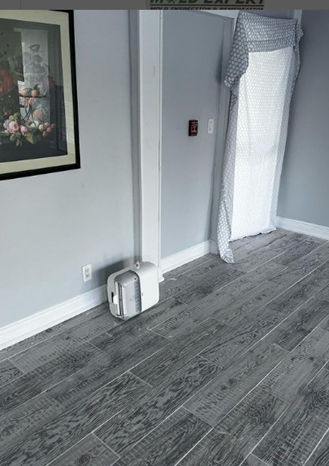
All types of houses can have radon problems: old houses, new houses, drafty houses, isolated houses, houses with basements, and houses without basements. Construction materials and the way the home was built can also affect radon levels.
Radon levels in homes can fluctuate. Levels can be affected by a number of factors, including weather, soil moisture, and air pressure. Differences in air pressure inside the house compared to the air pressure outside the house can create a vacuum, called an air pressure differential, which draws radon into the house.
Radon Tests
It is recommended that your homes be tested for radon. A radon test is the only way to know how much radon is in your home. You can test your home yourself or hire a licensed professional. Hiring a radon measurement professional is recommended when an impartial third party is needed, such as in a real estate transaction. The results of a properly completed radon test will help you decide if you need to reduce the radon level in your home.
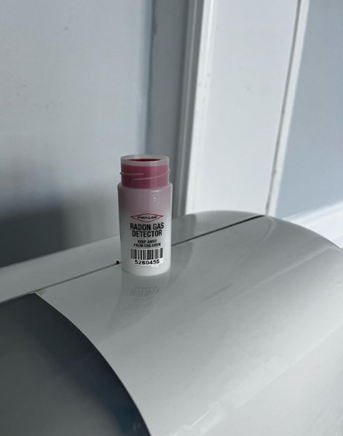
Radon Health Effects
Long-term exposure to radon gas is often fatal. Radon is the leading cause of lung cancer in non-smokers and the second leading cause in smokers. Each year in the United States, about 21,000 people die from radon-related lung cancer. Your risk is increased by both the radon levels in your home and the length of time you are exposed. The EPA has set the action level for radon at 4.0 Picocuries/liter. However, exposure to any level of radon can have harmful effects and homes above 2.0 pc/l should consider mitigation.
It is recommended to mitigate radon levels:
- Perform periodic Radon tests.
- Improve ventilation. Especially in the underground area, where the gas usually originates.
- Use mechanical extraction systems in the basement to extract radon in places of high concentration.
- Cover leaks.
- Carry out a thorough wall sealant.
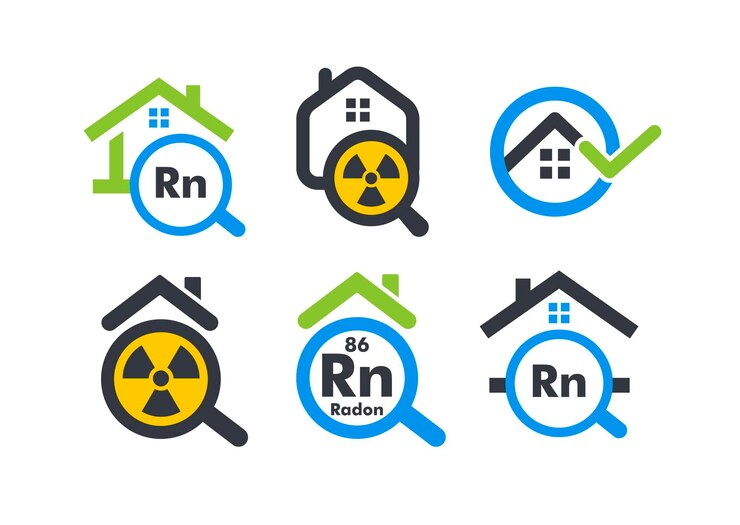
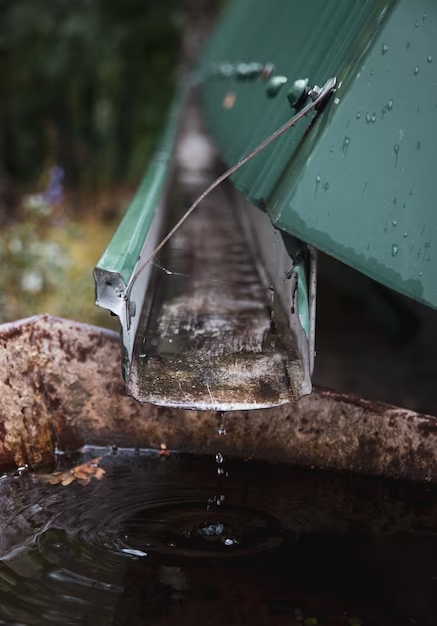
Why is there Water Damage?
Water damage occurs when water intrudes on structures and destroys them. This causes a lot of damage to systems and can also damage the integrity of your home. Mold growth also occurs due to water damage, which can cause health complications such as respiratory illness, especially in susceptible individuals such as the elderly and young children.
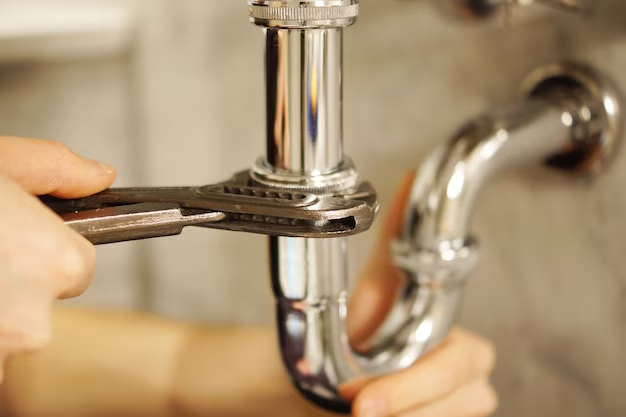
Leaks in plumbing systems
A leak at any point in the plumbing system is the most common cause of water damage. It is common for leaks to occur when pipes rust and corrode. Other causes of water leaks include high water pressures, weak leaking pipe joints, extreme temperatures, and broken water connectors. Your system might have been subject to natural disasters.
Causes of Water Damage
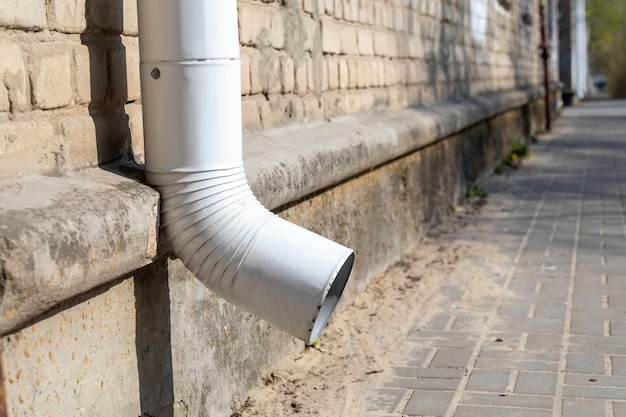
Clogged Gutters
The most typical culprits that clog roof gutters include tree leaves, weeds, ice, and mud. Most people don't like to clean their gutters, so dirt builds up and clogs drains. When gutters become clogged, water collects in the blocked area and excess water begins to overflow near the home's structures, damaging them.
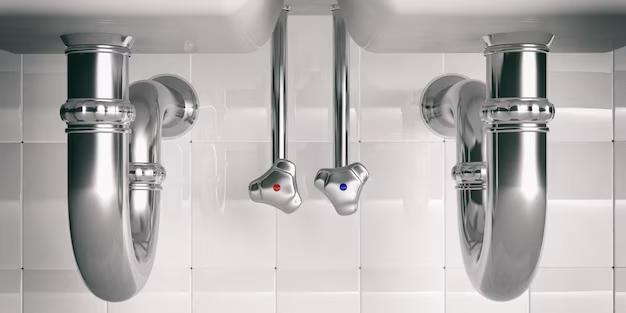
Blocked Toilets
When your water appliances, like old water heaters and washing machines, malfunction, they can cause water damage. Equipment malfunctions due to poor water connections and hoses leading to the appliances.
Faulty Appliances
When your water appliances, like old water heaters and washing machines, malfunction, they can cause water damage. Equipment malfunctions due to poor water connections and hoses leading to the appliances.
Broken Pipes
The most typical reason pipes burst is due to changes in temperature. When temperatures get too low, ice forms inside the pipes and then expands, which can cause them to burst. The chance of pipes bursting is higher if the pipes are old and rusty.
Air Conditioning Malfunction
Air conditioners work by cooling the air and removing moisture. If the overflow pan becomes damaged or the condensate line becomes clogged, the air conditioner’s drain system begins to malfunction. This excess water can soak into the ceiling or walls and damage them.
Septic Tank and Wastewater Backup
Septic tanks can overflow when they fill up or when heavy rain causes them to fill up. When this happens, the waste in the septic tank is returned to your home. Sewage buildup creates a terrible mess in your home and also creates a health hazard.
Water Overflow
Another cause of water damage is water overflow that can occur when you forget to turn off sinks or bathtub faucets. Overflowing water can cause a lot of damage to your floors and carpets and can even lead to mold growth inside your home.
Adverse Weather Conditions
Bad weather, such as torrential rain and extreme snowfall, can also cause water damage despite having a properly working plumbing system.
